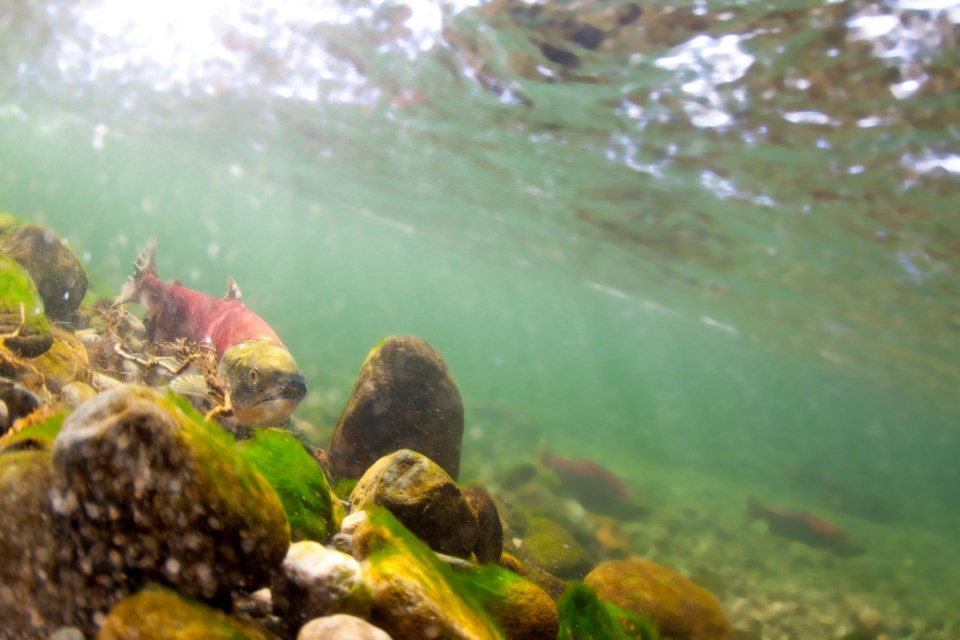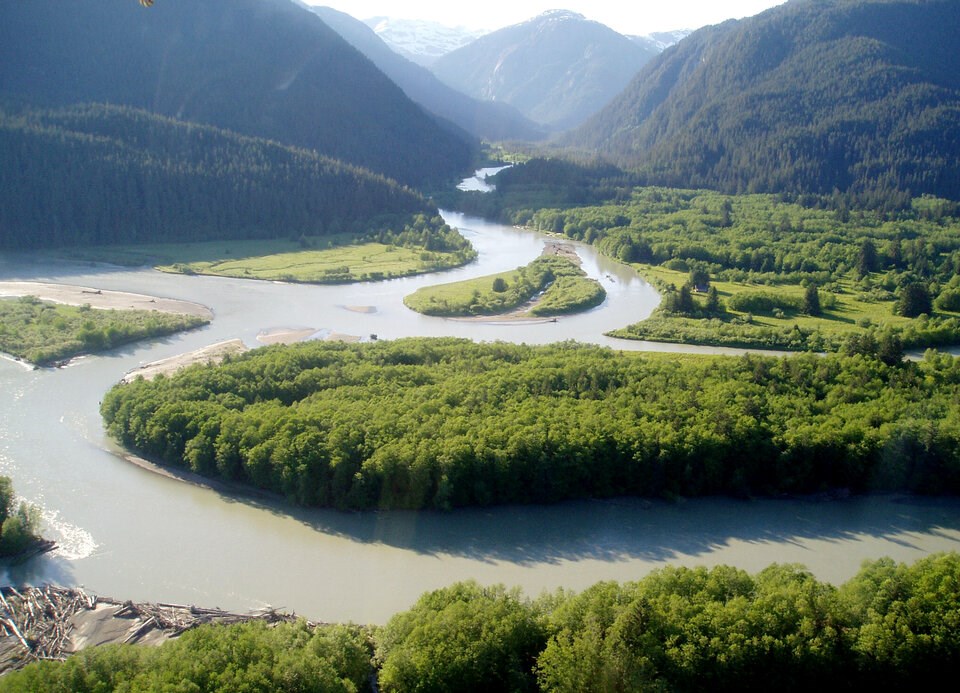A group of Alaskan tribes and a B.C. conservation group have come together to launch a lawsuit against a proposed gold and copper mine upstream of two major salmon-bearing rivers.
SkeenaWild Conservation Trust and the 15 tribes that make up the Southeast Alaska Indigenous Transboundary Commission (SEITC) filed the petition at the B.C. Supreme Court in Vancouver last week. The court action challenges KSM Mining ULC and the Minister of Environmental and Climate Change Strategy over the issuance of environmental certificates based on an “unreasonable” decision that the mine was “substantially started.”
The court document alleges the certificates were based on outdated information and science. The plaintiffs call on the court to overturn the decision from the ministry’s Environmental Assessment Office (EAO), and require the company, a subsidiary of Seabridge Gold Inc., to re-start the regulatory process.
“This would be one of the largest mines built in the world. I think it needs to be held to a very high standard,” said SEITC executive director Guy Archibald. “This is not the highest standard.”
As part of its environmental certificates, the province gave KSM Mining two deadline extensions — the latest July 29, 2026 — to show it had substantially started work. A spokesperson for the ministry declined to comment while the case remains before the courts.
One of 32 major works completed, alleges lawsuit
The proposed KSM mine would be built 65 kilometres northwest of Stewart, B.C., and 30 kilometres away from the Alaska border. Once constructed, it would contain four open pits, two underground mines and a tailings pond contained by a 200-metre-tall earthen dam. Behind that dam, mine waste would be treated for 250 years.
For a mine to keep its environmental certificates, it needs to show major works have been substantially started by certain deadlines. That can include building an open pit, drilling underground, or building a tailings facility, said Greg Knox, an executive director of SkeenaWild.

But so far, after more than a decade after it received its initial environmental certificates, the company has only completed an access road — in other words, only one of 32 major projects associated with the mine, court documents claim.
The lawsuit says the EAO's finding the mine was substantially started was as “unreasonable as it is absurd, incoherent, and unjustified.”
Brent Murphy, Seabridge Gold’s senior vice-president for environmental affairs, said the company is confident there is “ample evidence” the substantial start determination met B.C.’s environmental assessment standards.
“Between 2021 and 2023, we invested $444 million to complete or initiate construction on 94 of the 336 components outlined in the Environmental Assessment Certificate,” said Murphy in an emailed statement.
On top of that, said Murphy, Seabridge Gold has received the backing of communities and three First Nations on the Canadian side of the border.
Mine waste sets up long-term public liability, claim plaintiffs
The design of the mine has changed over the decade since the environmental assessments were first completed, said Knox.
At the same time, climate change has led to more frequent and intense rainfall events, something he says can impact the stability of tailings ponds and the amount of water available to cover the toxic materials they contain.
Knox said the proposed mine would treat and discharge water into tributaries of the Nass and Unuk watersheds. Alaskan tribes and conservationists worry heavy metal concentrations in the wastewater could impact salmon’s ability to reproduce, navigate and track prey.
An even greater concern comes from a potential failure of the mine’s proposed tailings pond, set to stretch eight kilometres long and two kilometres wide. Behind the 200-metre-tall earthen dam, mine waste 28 times the volume of that released during the Mount Polley disaster would be covered by water to prevent toxic material from reacting with oxygen in the surrounding air.
Knox said a catastrophic failure of such a facility could potentially impact the whole length of the Nass River, home to the third largest salmon runs in B.C. after the Skeena and Fraser rivers.
“They plan to treat these toxic tailings for 250 years, but it could be there forever,” said Knox. “This is setting up a long-term liability for the public.”

Mine poses 'direct threat' to Alaskan tribes
On the Alaskan side of the border, the Unuk River has faced the effects of multiple mine operations in recent decades.
When the Eskay Creek gold mine was operational between 1994 and 2008, eulachon runs on the Unuk River first dwindled and then disappeared. In the years since it closed, Alaskan tribes have seen the smelt, long prized for its oil, return in growing numbers.
Archibald said he worries the proposed mine could undo those gains, alongside the health of several wild salmon populations.

Alaskan tribes, he said, consider the mining project a “direct threat” to the Unuk River, and by extension, the cultural and economic health of their communities.
The SEITC’s decision to join the lawsuit comes nearly 10 months after its 15 tribes submitted a claim to the Inter-American Commission on Human Rights claiming B.C. mining was threatening their right to a healthy environment.
“As long as B.C. is denying our rights to have a voice in this, we’ll do everything possible,” Archibald said of the latest legal action.
Court case comes amid push for critical minerals
In recent years, both the Canadian and B.C. government have attempted to prioritize the extraction of critical minerals to feed the green energy market.
A June 2024 report from PwC found the demand for such minerals presents British Columbia with “the greatest opportunity in a generation.” The report said the federal government had significantly reduced regulatory wait times, while the province has put more money toward permitting.
“However, the need to get mines operating can’t be overstated. Around the world, other regions that have significant critical minerals deposits are trying to attract foreign capital to develop their own projects,” the report says.
“British Columbia, as well as Ontario and Quebec, must win this global race for capital, in part by proving they can bring mines and minerals to market in a timely fashion.”
Asked about Canada's push to get key resources for green industries, Knox said much of the value in the KSM mine is in gold, which is not a critical mineral.
“They’re looking for a permanent environmental certificate after doing little work so they can attract or sell to a partner,” he said. “But the risks posed by this mine are significant.”
“Clean energy shouldn’t be built with dirty mines.”
Murphy said Seabridge Gold is consulting its lawyers on how it would respond to the legal action.
None of the claims have been tested in court.
Correction: A previous version of this story misstated the legal action as being filed in a Vancouver federal court. It was, in fact, filed in at the B.C. Supreme Court.
With files from Nelson Bennett




